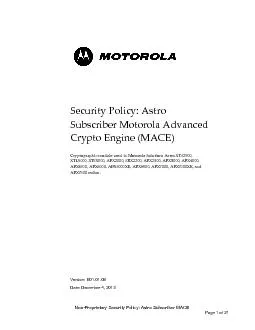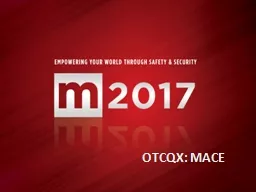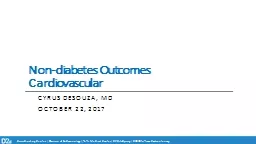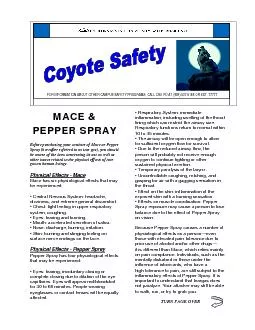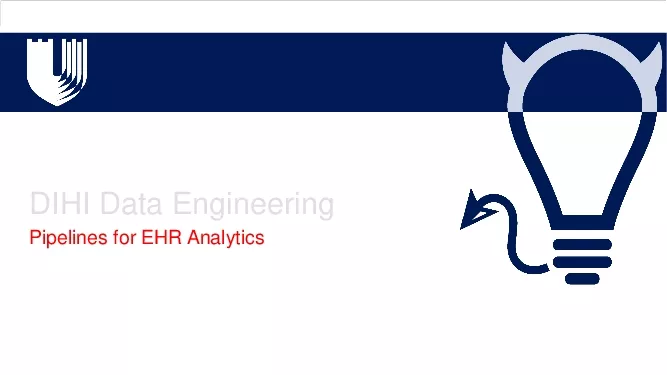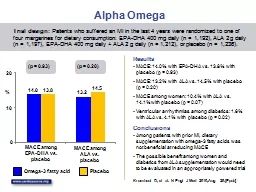PDF-Non-Proprietary Security Policy: Astro Subscriber MACE Page 1 of 21 .
Author : ellena-manuel | Published Date : 2017-02-05
usedSolutionsAstroXTS2500XTL5000XTS5000APX2000SRX2200APX2500APX3000APX4000APX4500APX6000APX6000XEAPX6500APX7000APX7000XEAPX7500VersionR010108 Date December 4 2013 NonProprietary
Presentation Embed Code
Download Presentation
Download Presentation The PPT/PDF document "Non-Proprietary Security Policy: Astro S..." is the property of its rightful owner. Permission is granted to download and print the materials on this website for personal, non-commercial use only, and to display it on your personal computer provided you do not modify the materials and that you retain all copyright notices contained in the materials. By downloading content from our website, you accept the terms of this agreement.
Non-Proprietary Security Policy: Astro Subscriber MACE Page 1 of 21 .: Transcript
Download Rules Of Document
"Non-Proprietary Security Policy: Astro Subscriber MACE Page 1 of 21
."The content belongs to its owner. You may download and print it for personal use, without modification, and keep all copyright notices. By downloading, you agree to these terms.
Related Documents

